
Boston National Historical Park COPP’S HILL BURYING GROUND
The current Copp's Hill Burying Ground is much larger than it was originally, having been expanded in 1711, 1809, and 1825. It is estimated that around 10,000 bodies are buried here, including a thousand Africans who were brought to America as slaves. However, only about 2,200 tombstones remain, most dated before 1825.
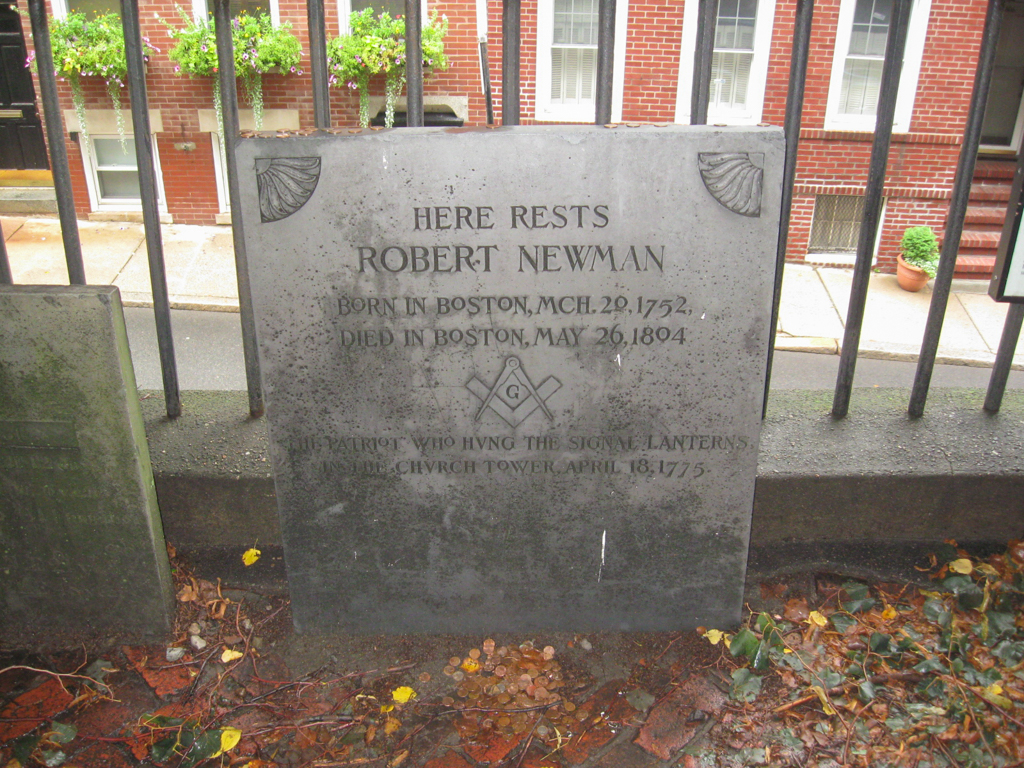
Copp's Hill Burying Ground (North Burying Ground) SAH ARCHIPEDIA
More than 10,000 Bostonians are interred at Copp's Hill Burying Ground, a colonial cemetery on the National Register of Historic Places. This Boston landmark is a stop on the famed Freedom Trail. It's located steps from sights like the Paul Revere House and Old North Church, and offers easy access to the area's standout Italian eateries.

Copp s Hill Burying Ground editorial photography. Image of cemetery 96701417
Copp's Hill Burying Ground is the second oldest cemetery in Boston. In 1659, town officials became concerned about overcrowding at the Central Burying Ground (now called King's Chapel Burying Ground on Tremont Street.) Land was bought on Mill Hill in the North End for the new North Burying Ground, later named Copp's Hill Burying Ground.
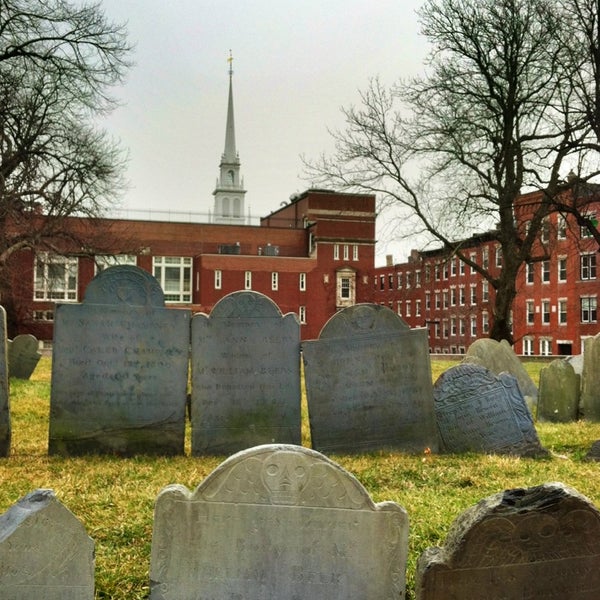
Copp's Hill Burying Ground North End 16 tips from 2761 visitors
City of Boston. Established in 1660, Copp's Hill Burying Ground became the resting place for thousands of people of who lived, worked, and died in the North End. Among those interred on the hill are merchant John Pulling Jr. and Old North Church sexton, or caretaker, Robert Newman, the two men believed to have held the signal lanterns on the.

Copp's Hill Burying Ground, Boston
Finishing up on a genealogical search for my g-g-g-grandfather, Isaac Dupee, I located his burying place as Copp's Hill Burying Ground. Isaac Dupee built the largest, most elaborate monument in the park in 1846 and was buried there is 1850. Isaac inherited the land from his g-g-grandfather, Walter Goodridge who purchased the lot in 1772.
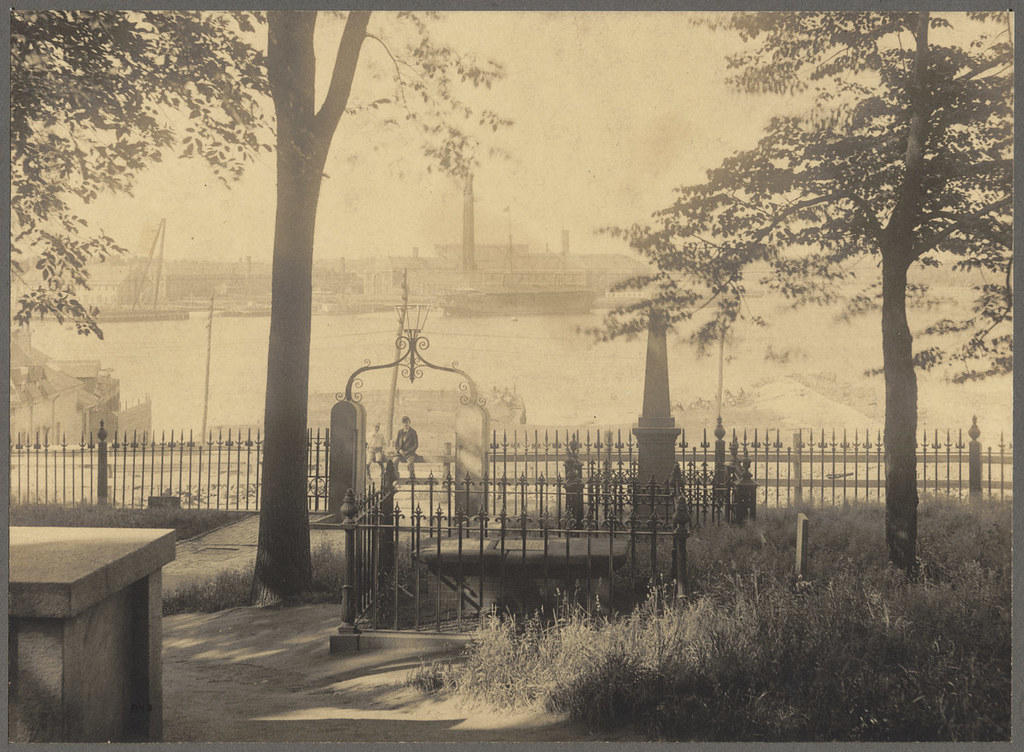
Copp's Hill Burying Ground, North End File name 07_10_000… Flickr
Copp's Hill is the final resting place of over 10,000 people. Originally called North Burying Ground, Copp's Hill was the second place of interment on the Boston peninsula and was laid out in 1659. The area acquired its present name through its association with William Copp, a shoemaker and early settler who lived near today's Prince Street.

Copp's Hill burying ground
Discover Copp's Hill Burying Ground in Boston, Massachusetts: This landmark cemetery in Boston was created more than 300 years ago.
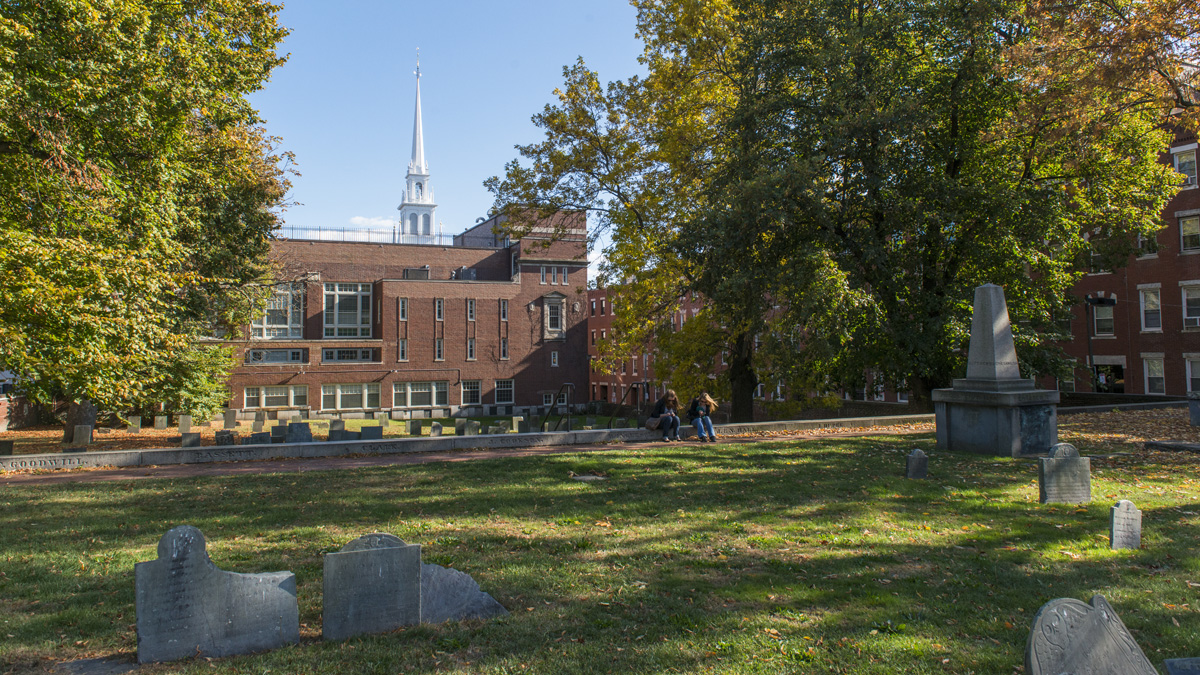
Copp's Hill Burying Ground The Cultural Landscape Foundation
By this time, there was no trace of a Black community ever having been in the North End save for the dead buried in Copp's Hill Burying Ground. Then the West End was essentially razed in the.

Cemetery of the Week 139 Copp’s Hill Burying Ground Cemetery Travel Your Takealong Guide
Copp's Hill Burying Ground is a historic cemetery in the North End of Boston, Massachusetts. Established in 1659, it was originally named "North Burying Ground", and was the city's second cemetery.
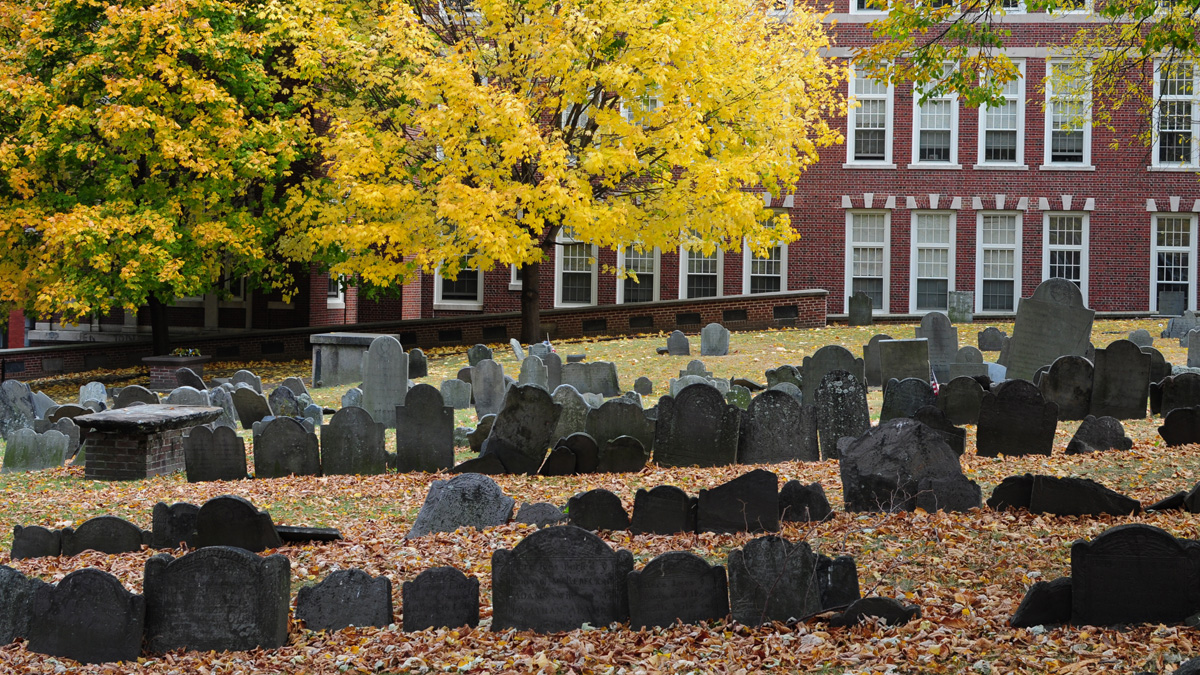
Copp's Hill Burying Ground The Cultural Landscape Foundation
Copp's Hill Burying Ground is a historic cemetery in the North End of Boston, Massachusetts. Established in 1659, it was originally named "North Burying Ground", and was the city's second cemetery. History Several headstones from the 18th and 19th century in the cemetery.
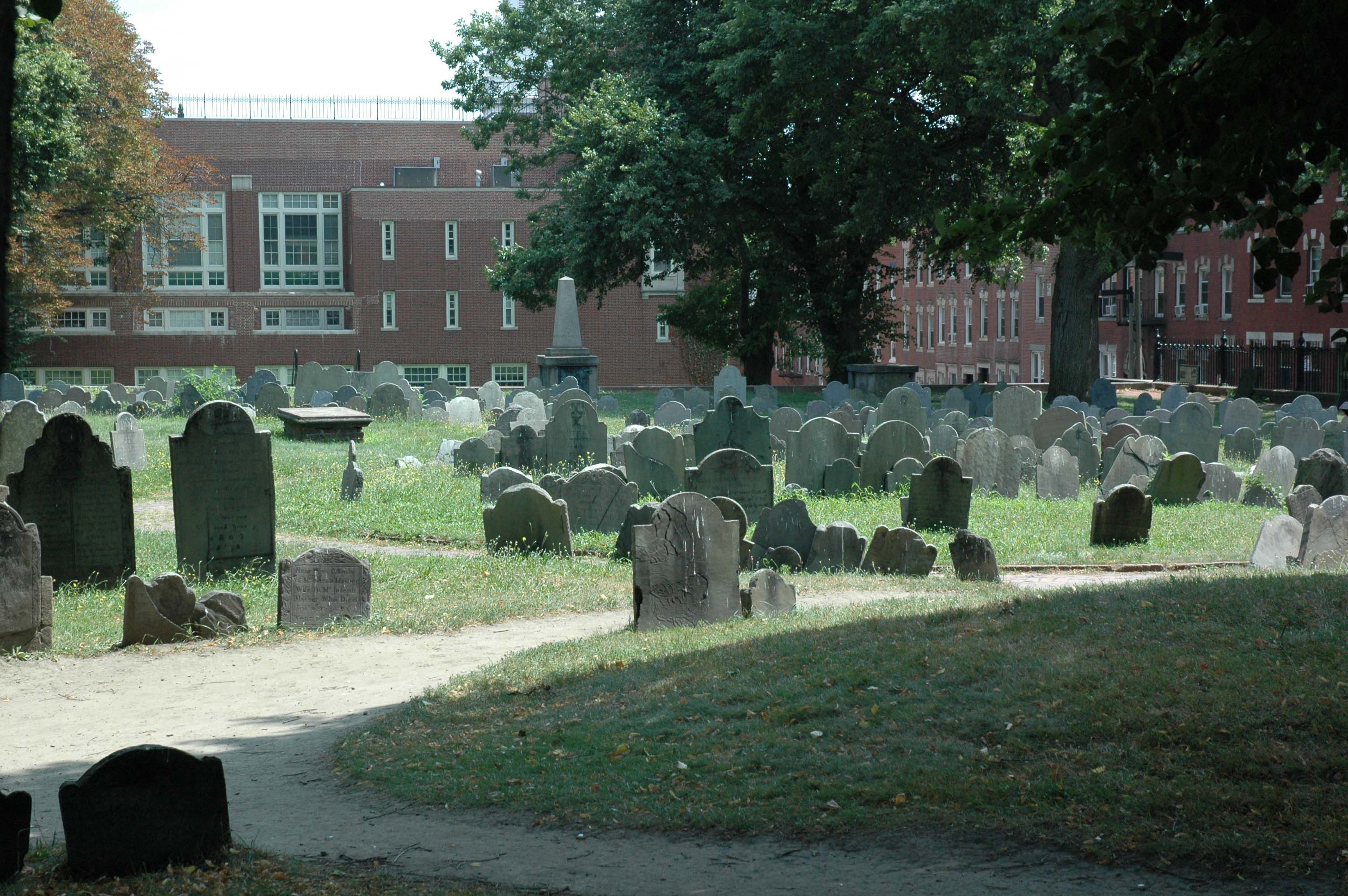
CEMETERIES TO VISIT IN BOSTON TAKE NEW YORK TOURS
Copp's Hill. Address: Hull Street and Snowhill Road. North End. History: 1633- Originally called North Burying Ground, Copp's Hill was the second place of interment on the Boston peninsula and was laid out in 1659. The area acquired its present name through its association with William Copp, a shoemaker and early settler who lived near today.
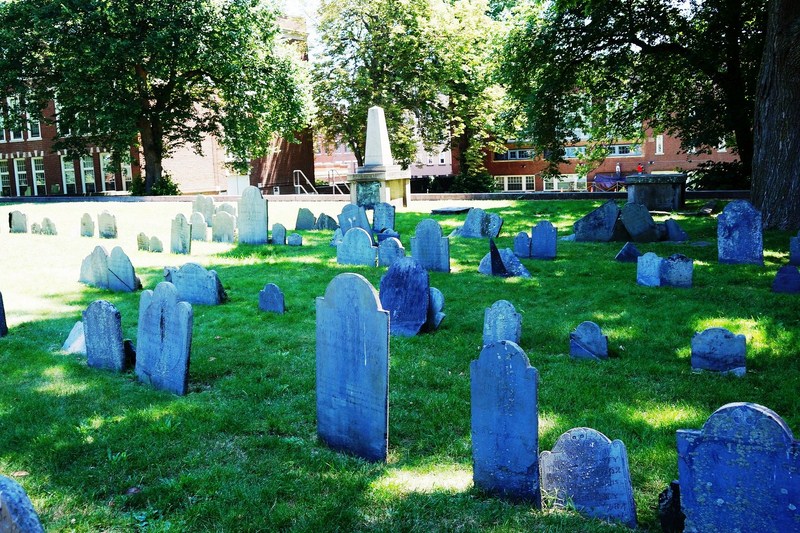
Copp’s Hill Burying Ground (Boston, Massachusetts, U.S.A.) B.L.A.S.T. Live Life to the
History of Copp's Hill Burying Ground. Dating from 1659, Copp's Hill was Boston's second burial ground, following the overcrowded King's Chapel Burying Ground but predating Granary Burying Ground (by one year). Copp's Hill Burying Ground was originally called North Burying Ground but was later named after William Copp, an early settler and local shoemaker who lived close by on Prince.
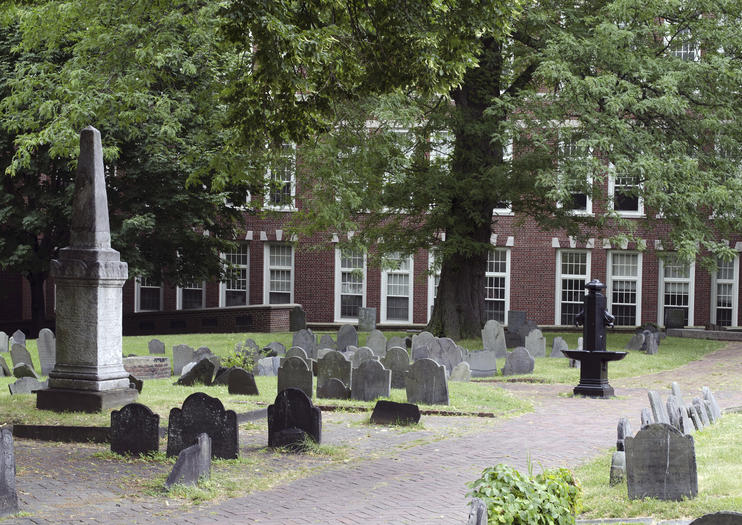
The 5 Best Copp's Hill Burying Ground Tours & Tickets 2020 Boston Viator
Copp's Hill Burying Ground, although holding an ambiance of solemnity inherent to graveyards, offers an undeniable cultural wealth observable in the details of its gravestones. Many tombstones showcase the death's head motif, a popular colonial symbolism of mortality, while others exhibit an evolution to cherubs and then, the willow and urn.

Copp's Hill Burying Ground The Freedom Trail
Copp's Hill Burying Ground is the largest of the colonial cemeteries. It was used through the 1850s and holds the remains of over 10,000 people, including more than 1,000 free blacks and slaves. Today, more than 1200 graves are marked. The cemetery was placed on the National Register of Historic Places in 1974.

Copp's Hill Burying Ground in Boston, Massachusetts Find a Grave Cemetery
Copp's Hill Burying Ground served as a resting place for many of the common tradespeople who worked in Boston and includes a large African American section. Among the more famous people buried in the cemetery from the colonial era are the Puritan ministers Increase Mather (1639 - 1723) and his son, Cotton Mather (1663 - 1728)..
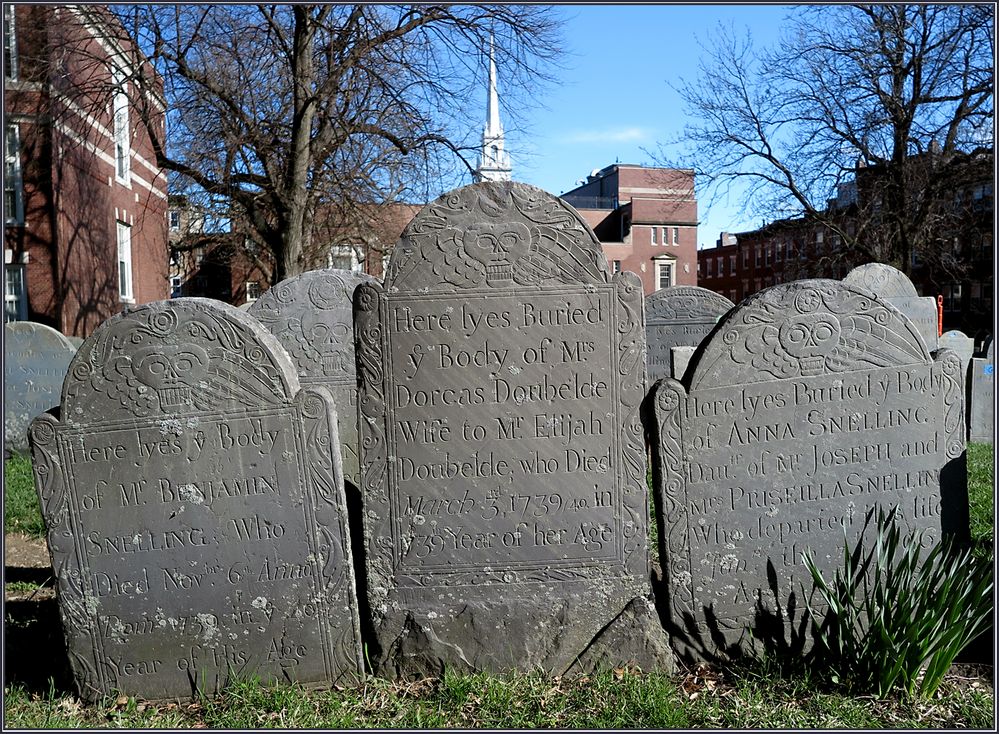
Copp’s Hill Burying Ground Boston, MA Foto & Bild north america, united states, new england
The gravestones in Copp's Hill Burying Ground, Boston's second oldest burying ground, tell the story of the population of the North End in colonial times. Originally known as Windmill Hill, the hill took the name of William Copp, a shoemaker who donated the land for a burying ground in 1659. It is the place of rest for thousands of artisans, craftspeople, and merchants.